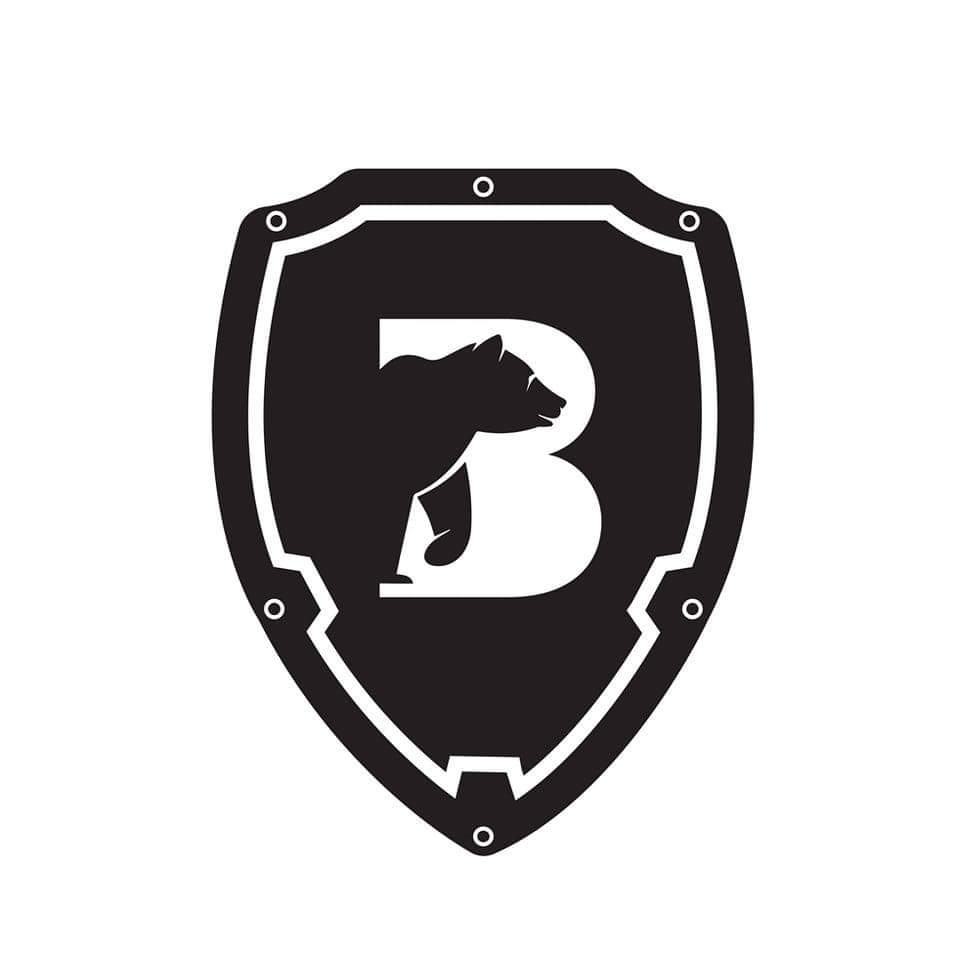Prevention Tips and Debunking Myths About Crane Flies
- Behr Pest Solutions
- Feb 24, 2024
- 3 min read
Updated: Oct 24
The topics we will cover in this post :
Debunking myths about the crane flies.
What attracts them to your home or business.
How to prevent them from taking over your lawn.

Debunking Myths:
Crane Fly Myth #1 : We all know crane flies as "Mosquito Eaters" but what if we told you this was false?
Adult crane flies do not consume mosquitoes. In reality, the adults barely eat anything. The larvae feed on grass roots.
Fact: The primary purpose of the adults is to reproduce and produce more larvae.
They will deposit their larvae in lawns or any type of long grass, provided it is wet and moist. The larvae feed on the roots of grass or plants. The larval stage is the longest phase of their life cycle.
Crane Fly Myth 2: Crane flies are harmful to humans.
Fact: Crane flies are harmless to humans as they lack the mouthparts needed to bite or suck. Although they are closely related to mosquitoes, they do not drink blood and are significantly larger. Additionally, they do not sting. While they can be bothersome, they do not pose any threat to humans or pets.
Question: If they are harmless to me, why should I be concerned about them?
Great question! Crane flies are an invasive insect. If your lawn has an excessive number of crane fly larvae, they will feed on the grass roots and could eventually kill your grass, though this is a worst-case scenario if not addressed.
Keep in mind that the larvae stage is the longest part of their life cycle. They will continue feeding on your lawn until they mature into adults. Seeing more adult crane flies in your backyard is a clear indication that larvae are either present or will soon appear, as adults typically remain close to where they can find a mate and quickly lay eggs.
Fun Fact: Each female can lay as many as 200-300 eggs over several days.
Fun Fact: They are beneficial to our ecosystem because they consume dead plants, allowing new ones to grow. Additionally, they serve as an important food source for birds in early spring when food is scarce. It's advised to treat the lawn only if you notice them invading and damaging a significant amount of your grass.
Question: What would attract a lot of crane flies to my yard? What are they signs that I have a lot of them?
Indicators of a Crane Fly Infestation:
Inspect your lawn for signs such as unhealthy yellow grass, areas with dead brown grass, or spots of bare soil. If you observe these symptoms, dig a small section just beneath the surface of your lawn to check for larvae. These larvae are typically small worms in shades of green, white, or brown. Finding them in the patch you excavated could indicate the beginning of an infestation. Crane Flies are usually most active during early spring and fall.
A Great Visual Tool, in helping you identify Crane Flies: https://youtu.be/2RF6iyrwAeU?si=QrSW_BrJ32kimWar
Crane Fly Prevention Tips:
Don't overwater your lawn. Craneflies are attracted to moist damp grass.
Keep grass aerated and mowed regularly.
Trim down brush and get rid of weeds in and around your lawn.
Thank you for reading our blog! We hope you found this topic to be helpful and interesting to you. Be sure to check out all our blog posts for more pest control tips, prevention, and pest facts. Behr Pest Solutions








Comments